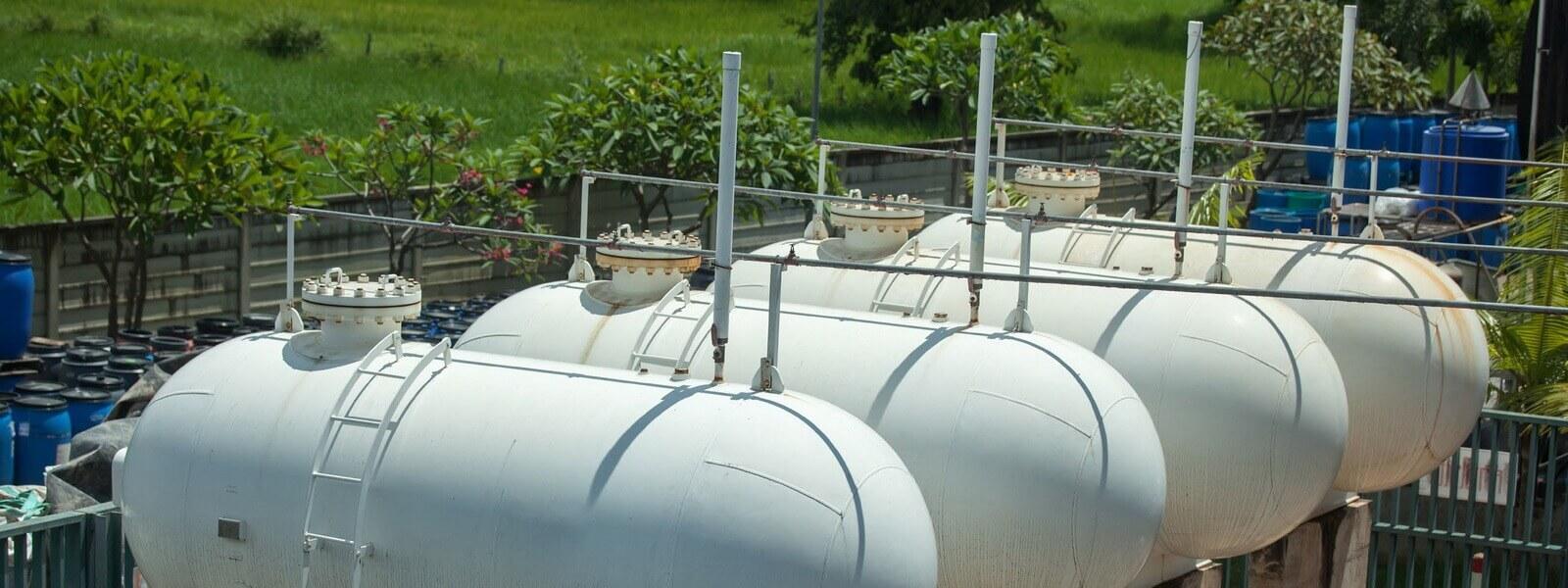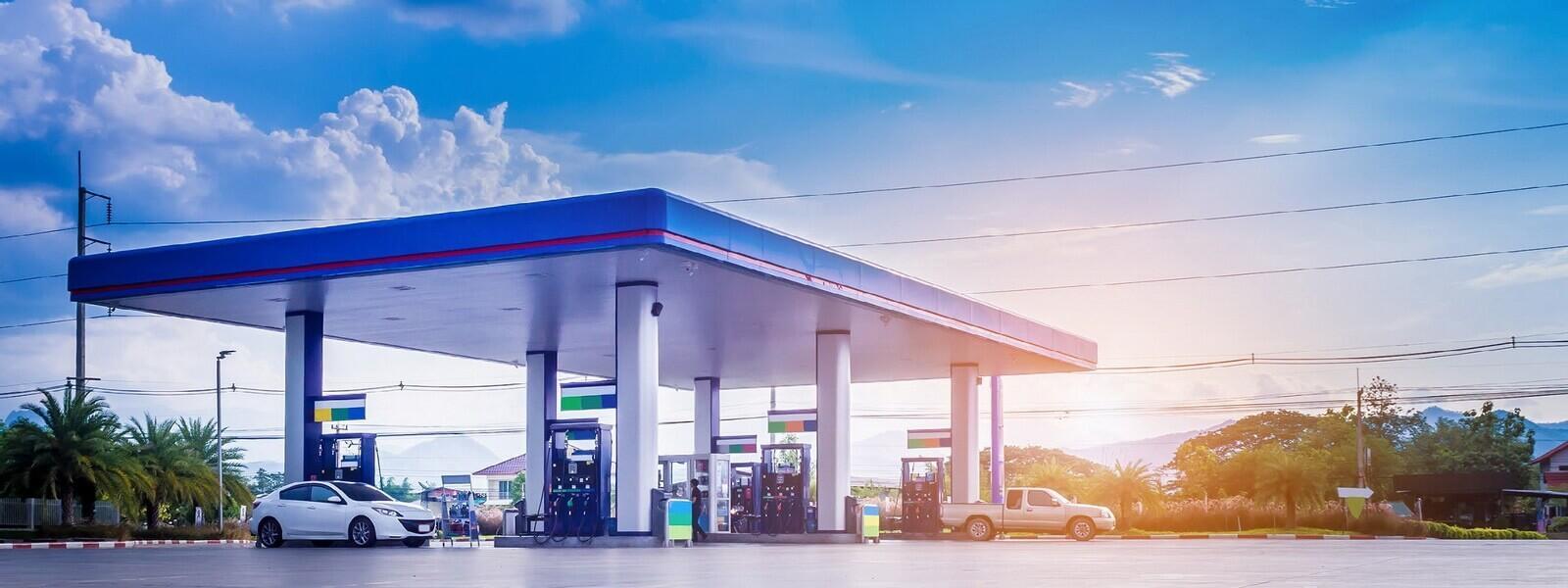The first large-scale distribution of BioLPG in Europe has started recently. BioLPG has the same chemical composition as LPG, and therefore is an equally low polluting fuel but has a much lower carbon footprint than conventional LPG thanks to its biological origin. A recent study shows that the carbon footprint of renewable LPG can be up to 94% lower than conventional LPG.[1] The gradual increase of renewable LPG distribution, which depends on the product output from producers, will have no impact on the end-user as it can be used with the same appliances and engines as conventional LPG.
The majority of the BioLPG on the market today is produced from the hydrotreatment of biological oil and fats as a co-product of HVO biodiesel, but it is also being produced from the fermentation of glucose by bacteria, yeasts or other microorganisms. Other renewable LPG innovative production processes combining atmospheric CO2 with renewable hydrogen, produced from water hydrolysis are also being explored. In the longer term, the biggest potential of renewable LPG production lies in advanced chemical processing of cellulosics and waste, i.e. converting residues from agriculture and forestry or organic municipal waste into BioLPG.
While the available renewable LPG production for the next few years is estimated to be around 250 ktonnes, experts believe that due to the abundance of cellulosics, the total availability of renewable LPG in Europe could reach 20-25 million tonnes per year in 2050, i.e. covering entirely the demand of LPG for energy use.
With the right policy environment in place for the producers to secure the necessary feedstock and sustain a stable business model, the entire LPG distribution chain could therefore be fully decarbonised by the horizon 2050. Our industry will be thriving to deliver on this ambitious objective.
Liquid Gas Europe's Key Messages for Policy-Makers on Renewable Energy
- Factor in the cost efficiency of renewable fuels (“drop-in” benefit) vs. standalone technologies requiring dedicated infrastructure when assessing the different pathways for long-term decarbonization
- Earmark R&D European funds from Horizon Europe for the decarbonization of the rural energy mix
- Take into account that retrofitting technologies, for instance converting a gasoline car to run on LPG or BioLPG, can help to decarbonise in a cost-efficient manner the existing fleet of vehicles
- Create stable and predictable sustainability criteria for bioenergy, to give the right signal for the market to invest in necessary renewable fuel production infrastructure
[1] Atlantic consulting 2018










